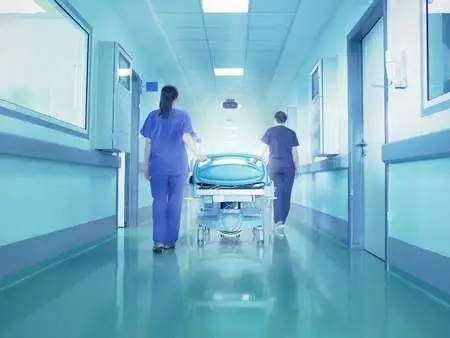Until recently, patients in a vegetative state were thought to be completely unconscious, however, numerous studies prove that this thinking was wrong.
Prof Owen's discovery offers the chance for many 'sleeping' patients to manifest their presence and allow doctors to make contact with the patient. In the worst case scenario, the brain scanning technology will be able to be used for communication purposes by the families of those who have not yet been awakened.
Thestatistics showing the percentage of awakenings are extremely optimistic, with as many as 90% of patients entering the intensive care unit regaining consciousness. The chances of the remaining 10 per cent can also be good, provided that they undergo intensive rehabilitation in therapeutic centres specialised for this purpose.
Unfortunately, facilities specialising in awakening apalic patients are still lacking in Poland.
There are currently two foundations dealing with the problem of coma patients:
- "Light" Foundation
- Foundation "akogo?"
Thanks to these foundations, it has been possible to establish the few facilities where apalic patients are provided with the best conditions to foster awakening.

photo: pantherstock
The "akogo?" Foundation opened the Budzik Clinic built for young patients at the Children's Health Centre in Warsaw in July 2013. Children have the best chance of waking up - their brains show greater plasticity. Patients at the Budzik Clinic are subjected to multisensory stimulation (broad stimulation) around the clock - hearing, taste, sight, touch and other stimuli are stimulated.
The Light Foundation is responsible for establishing a unit specialising in the care of comatose patients, located in the Care and Treatment Centre of the Light Foundation in Toruń.









